Streamline Your Nonprofit’s Communication with SIP Trunking Solutions
Nonprofit organizations face unique challenges when it comes to managing their communication systems. Limited budgets, scattered locations, and the need to maintain professional service levels while maximizing every dollar spent on their mission create a delicate balancing act that traditional phone systems often can’t support effectively.
The shift toward SIP trunking has opened new possibilities for nonprofits seeking reliable, feature-rich communication solutions without the hefty price tags that typically accompany enterprise-grade systems. These modern approaches to voice communications can significantly reduce operational costs while actually improving service quality and flexibility.
Understanding SIP Trunking for Nonprofit Operations
SIP trunking represents a fundamental change in how voice communications work, moving away from traditional copper wire connections to data-based systems that operate over existing internet infrastructure. For nonprofits, this shift means access to enterprise-level features at a fraction of traditional costs.
The technology works by converting voice calls into data packets that travel over internet connections rather than dedicated phone lines. What makes this particularly appealing for nonprofit organizations is how it eliminates many of the infrastructure costs and limitations that make traditional phone systems expensive to maintain and scale.
SIP trunking specifically refers to the protocol that manages these voice communications over internet connections. Think of it as a bridge between your organization’s phone system and the broader telecommunications network, but one that operates entirely through your existing internet connection rather than requiring separate phone lines.
Perhaps most importantly for budget-conscious nonprofits, SIP trunking typically operates on subscription-based pricing models that are both predictable and scalable. Organizations can add or remove phone lines as needed without the installation fees and long-term contracts that traditional systems often require.
Why Traditional Phone Systems Burden Nonprofit Budgets
Most nonprofits struggle with communication costs that seem disproportionate to their actual needs. Traditional phone systems were designed for different operational models and often force organizations to pay for capacity they don’t need or features they can’t use effectively.
The upfront costs alone can be prohibitive. Traditional PBX systems require significant hardware investments, professional installation, and ongoing maintenance contracts that can consume substantial portions of already tight budgets. These systems also tend to have rigid pricing structures that don’t accommodate the variable calling patterns typical of nonprofit operations.
Geographic challenges compound these issues for many nonprofits. Organizations with multiple locations, remote staff, or volunteers working from various sites find that traditional systems create expensive complications. Each location typically requires its own phone system setup, making coordination difficult and expensive.
International calling costs present another burden for nonprofits with global missions or partnerships. Traditional phone systems charge premium rates for international calls, which can quickly escalate monthly bills for organizations that maintain regular contact with overseas partners or beneficiaries.
How SIP Trunking Transforms Nonprofit Communications
SIP trunking addresses virtually every cost and functionality limitation that traditional systems impose on nonprofit organizations. The fundamental difference lies in treating voice as just another type of data that flows over existing internet connections.
This approach immediately eliminates the need for separate phone line installations and the monthly fees associated with each line. Nonprofits can support dozens of simultaneous calls using their existing internet connection, dramatically reducing ongoing telecommunications expenses.
The scalability benefits prove particularly valuable for organizations with fluctuating communication needs. Nonprofits running seasonal campaigns, organizing events, or responding to emergencies can temporarily increase their phone capacity without permanent cost commitments. When the need decreases, capacity can be scaled back just as easily.
Feature accessibility becomes democratized through SIP trunking systems. Advanced capabilities like call routing, voicemail-to-email, conference calling, and detailed reporting become standard features rather than expensive add-ons. These features often cost extra on traditional systems but are included in basic SIP trunking packages.
Remote Work and Volunteer Coordination
Many nonprofits rely heavily on remote staff and volunteers, making traditional office-based phone systems inadequate for their operational needs. SIP trunking naturally supports distributed teams by allowing staff to make and receive calls from anywhere with internet access.
Volunteers can receive professional phone numbers that forward to their personal devices, maintaining the organization’s professional image while accommodating flexible work arrangements. This capability proves essential for nonprofits that depend on volunteer coordinators working from home or field staff operating in various locations.
The system can also provide detailed reporting on volunteer call activities, helping organizations track outreach efforts and measure program effectiveness. This data becomes valuable for grant applications and donor reports that require documentation of organizational activities.
Hidden Costs Traditional Systems Create
Beyond obvious monthly charges, traditional phone systems generate various hidden costs that can strain nonprofit budgets. Service calls for repairs or modifications typically cost $100-$300 per visit, and these needs arise more frequently as systems age.
Feature additions often require hardware upgrades or additional licensing fees. Adding simple capabilities like conference calling or call recording might cost hundreds of dollars in equipment and setup fees on traditional systems.
System obsolescence presents another financial challenge. Traditional phone equipment typically needs replacement every 7-10 years, requiring major capital expenditures that nonprofits struggle to budget for adequately.
Provider Selection Criteria for Nonprofit Organizations
Choosing the right SIP trunking provider requires careful consideration of factors that specifically impact nonprofit operations. Not all providers understand the unique needs and constraints of nonprofit organizations.
Pricing transparency becomes particularly important for budget-conscious nonprofits. Look for providers that offer clear, all-inclusive pricing without hidden fees or complicated usage calculations. Some providers offer special nonprofit pricing or discounts that can provide additional savings.
Support quality matters significantly for organizations that may not have dedicated IT staff. Providers should offer comprehensive support during business hours, with clear escalation procedures for urgent issues. Some providers include setup assistance and training as part of their service packages.
Geographic coverage considerations vary depending on the nonprofit’s operational footprint. Organizations with international activities need providers with robust global networks and competitive international calling rates. Domestic nonprofits should verify that their provider has reliable service in all areas where they operate.
Service Level Agreements and Reliability
Nonprofits need communication systems they can depend on, particularly during critical periods like fundraising campaigns or emergency responses. Service level agreements should guarantee uptime of at least 99.9%, with clear compensation procedures for service disruptions.
Redundancy features become important for ensuring consistent service availability. Better providers maintain multiple data centers and automatic failover systems that keep service running even when individual components fail.
Disaster recovery capabilities can be crucial for nonprofits that provide emergency services or need to maintain operations during crises. Cloud-based systems typically offer better disaster recovery options than traditional on-site equipment.
Implementation Strategy for Nonprofit Environments
Transitioning to SIP trunking requires planning that accommodates nonprofit operational constraints, including limited technical resources and the need to maintain service continuity during the change.
Phased implementation approaches work well for most nonprofit organizations. Starting with a small group of users allows the organization to test the new system and resolve any issues before expanding to the full team. This approach also spreads implementation costs over time, making budget management easier.
Staff training becomes particularly important since many nonprofit team members may have limited experience with technology changes. Providers should offer training materials and support during the transition period.
Number portability ensures that nonprofits can keep their existing phone numbers when switching systems. This capability prevents the need to update marketing materials, business cards, and donor databases with new contact information.
DIDlogic: Tailored Solutions for Nonprofit Success
DIDlogic recognizes the unique challenges nonprofit organizations face when managing communication systems on limited budgets. Our team has worked extensively with nonprofits to design cost-effective SIP trunking solutions that provide enterprise-level features without enterprise-level costs.
Our nonprofit-focused packages include features specifically valuable for charitable organizations, such as detailed call reporting for grant compliance, flexible routing for volunteer coordination, and integration capabilities with popular nonprofit management software platforms.
The DIDlogic approach starts with understanding each organization’s specific needs and budget constraints. We provide transparent pricing with no hidden fees and offer flexible payment options that accommodate nonprofit cash flow patterns.
Advanced Features That Benefit Nonprofit Operations
SIP trunking systems include advanced features that can significantly improve nonprofit operational efficiency. Call routing capabilities can direct donor calls to appropriate staff based on the caller’s location, previous donation history, or specific program interests.
Voicemail-to-email functionality ensures that important messages reach staff members promptly, even when they’re working remotely or in the field. This feature proves particularly valuable for nonprofits with distributed teams or staff who travel frequently for their work.
Conference calling capabilities support board meetings, volunteer training sessions, and collaboration with partner organizations without requiring expensive conference call services. Many SIP trunking systems include web-based meeting features that combine voice with screen sharing and document collaboration.
Integration with customer relationship management systems helps nonprofits maintain detailed records of donor interactions and program participant communications. This integration can automate data entry and ensure that important conversation details are captured for future reference.
Future-Proofing Nonprofit Communication Infrastructure
It provides a foundation that can grow and adapt as organizations change. The flexible nature of SIP trunking means that new features and capabilities can be added without requiring hardware replacements or system overhauls.
Mobile integration continues improving, enabling nonprofit staff to maintain professional communication capabilities while working in the field or from home. These capabilities become increasingly important as nonprofits adopt more flexible work arrangements.
Artificial intelligence features are beginning to appear in SIP trunking systems, offering capabilities like automated call summaries, sentiment analysis, and predictive routing. These features can help nonprofits operate more efficiently and provide better service to their constituents.
Ready to Reduce Communication Costs While Improving Service?
Nonprofit organizations deserve communication systems that support their missions without straining their budgets. SIP trunking provides the advanced features and cost savings that enable nonprofits to direct more resources toward their core programs while maintaining professional communication capabilities.
The transition from traditional phone systems doesn’t have to be complicated or risky. With proper planning and the right provider, nonprofits can implement SIP trunking solutions that immediately reduce costs while providing better functionality than their previous systems.
Contact DIDlogic today to explore how SIP trunking can support your nonprofit’s specific needs and budget requirements. Our team understands the unique challenges nonprofit organizations face and can design a solution that maximizes your communication capabilities while minimizing costs.
Related Solutions:









